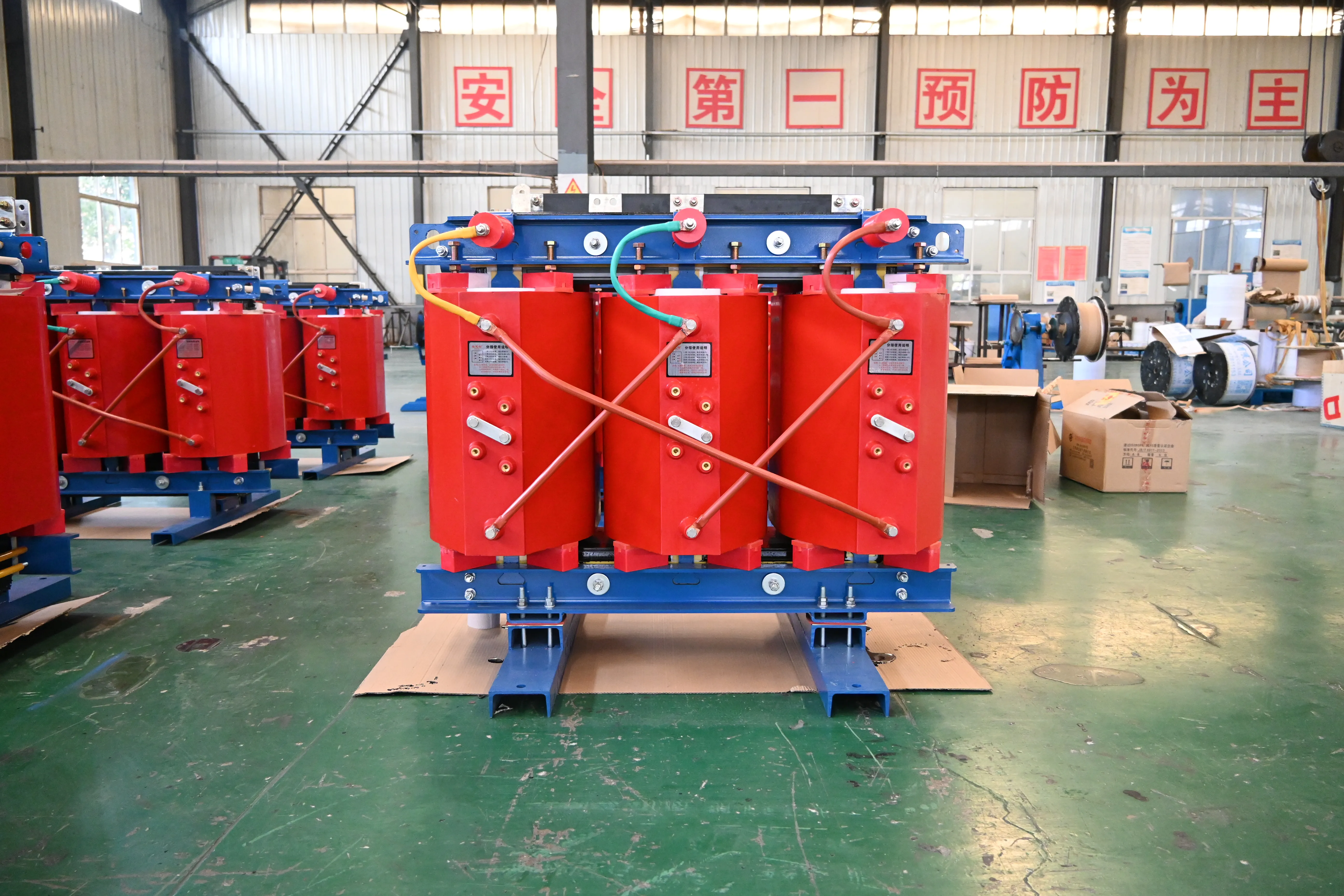Welcome to the official website of Luoyang AISITE Transformer Co., LTD
Dry Type Transformer Cooling System
Release time:
Feb 25,2025
Source:

Transformers vary widely from 50 kW to several megawatts, depending on their design and target usage. To effectively manage heat, cooling can be achieved through natural air circulation or forced water flow, which will be based on the operating conditions of the transformer, as well as the load requirements.
During operation, heat accumulates greatly in the transformer core components such as coils and iron cores. For lower power units between 50 and 200 kW, natural air cooling is usually used. In this way, air will take away heat through the ventilation slots in the transformer housing. This method is very suitable for metals with low melting points (such as aluminum or zinc). For those high-power models, such as those above 500 kW, mandatory water cooling is preferred. Water circulates through pipes integrated into the system, extracting heat directly from the coil and core. This method is very suitable for smelting ferrous metals.
To prevent heat from transferring from the iron core to the coil, an insulating barrier is often installed inside the transformer. The barrier is typically made of high-temperature-resistant metal plates and fixed between the iron core and the coil. Transformers with air cooling can use a thinner insulation layer, while water cooling allows for an even thinner layer, thereby improving thermal and electrical efficiency. Water cooling also forms a "freeze" barrier in case of minor insulation leaks, extending service life. Factory-manufactured cooling systems are welded directly to the frame, and special attention must be paid to prevent leaks at pipe joints. Spare cooling components are usually kept on site for replacement.
The design of the cooling system also considers the lining material. The lining is made of neutral refractory material, either rammed or cast, and is dried by induction heating before installation. For example, a 200-kilowatt transformer uses approximately 500 kilograms of lining material, while a 1000-kilowatt model requires about 2 tons. The choice of lining material limits the operating temperature, and alumina and magnesia-based linings have been successfully used in transformers of various power ratings. The cooling water temperature must be maintained between 30 and 40°C to ensure heat dissipation efficiency. The cooling frame is made of sturdy steel to support the relatively fragile refractory material.
For ferrous metal melting, the average lifespan of a water-cooled system is 10 to 12 months, while air-cooled systems last slightly longer. Open dry type transformers with forced air cooling, widely used in Italy, have been successfully applied to iron melting. Low-power transformers, such as those rated at 20 kilowatts, are often used as holding furnaces for zinc and aluminum, with lower cooling demands.
keyword:
Previous page:
Next page
Previous page:
Next page
RELATED NEWS


